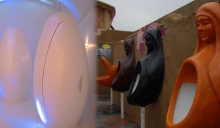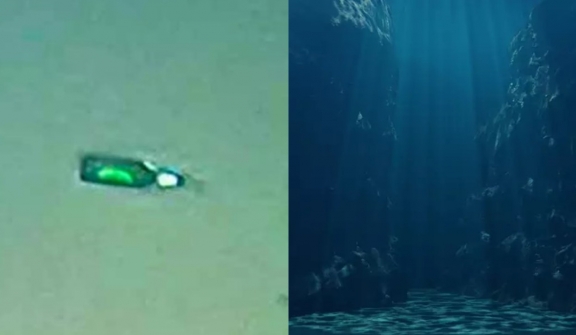
In a remarkable discovery, scientists have found a beer bottle at the deepest point of the ocean, located in the Mariana Trench.
Dr. Dawn Wright, a geography and oceanography professor, made this unexpected finding during an underwater research expedition.
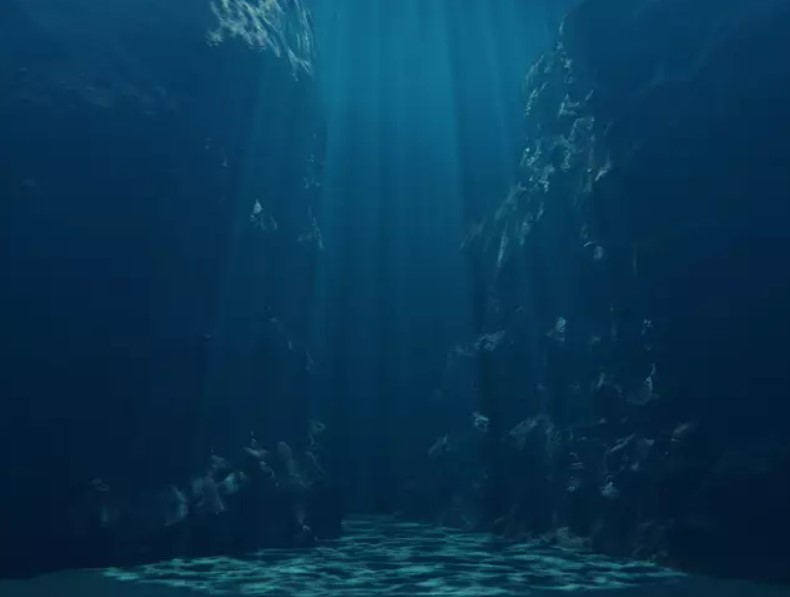
Dr. Dawn Wright, a geography and oceanography professor at Oregon State University, found a beer bottle resting in the sediment at the Earth's deepest point.
This unusual finding sheds light on the profound impact that humans are having on the natural world.
Dr. Wright's underwater research expedition aimed to explore an uncharted area of the Challenger Deep in the Mariana Trench.
Descending over 6.7 miles in a two-seat submarine, she made an astonishing discovery.
The beer bottle had traveled an incredible distance of more than 6.7 miles to reach the darkest depths of the Pacific Ocean, with its label still intact.
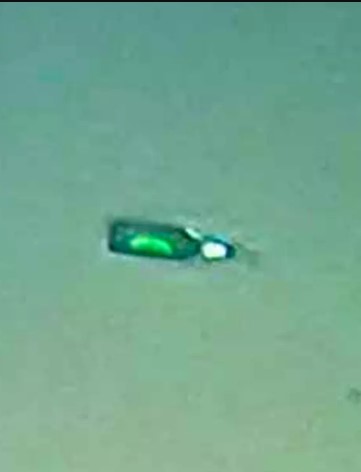
In 2015, the global production of plastic exceeded 300 million tons, marking a continued upward trend.
This increase in production can be attributed to the growing demand for convenience and the proliferation of plastic-based products.
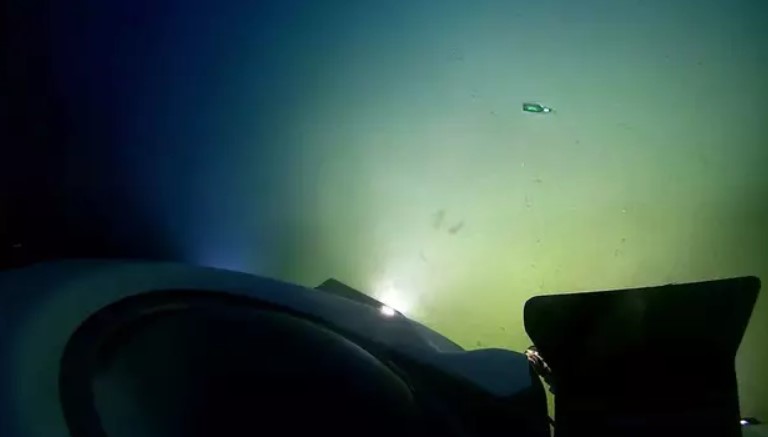
Plastics are composed of long chains of molecules derived from oil or gas, essentially representing fossil carbon given new life.
The properties that make plastics highly desirable, such as their durability and lightweight nature, have inadvertently turned them into a dangerous weapon in humanity's assault on the rest of the natural world.
The longevity and lightness of plastics, which initially made them so useful, have now become the very qualities that contribute to their destructive power.
Plastic bags, for instance, tend to decompose over a few decades, while plastic bottles may take several centuries to break down.
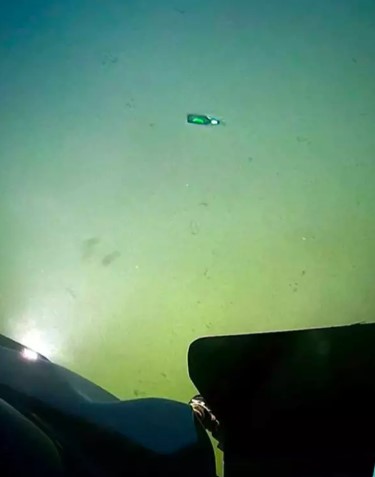
As these items age, they become brittle and fragment into minuscule pieces. These fragments then mix with plankton, which forms the foundation of the marine food chain.
Recent research conducted in the United Kingdom revealed that nearly 75% of the animals recovered from the deepest points in the ocean had ingested plastics or microfibers.
The news of this discovery has recently resurfaced on various social media platforms, eliciting disbelief and concern.
Reddit users have expressed their astonishment and disappointment at finding litter even in the most remote parts of the ocean.
Some have described it as depressing to witness the extent of human pollution in the deepest trenches, which were once thought to be untouched by human influence.


